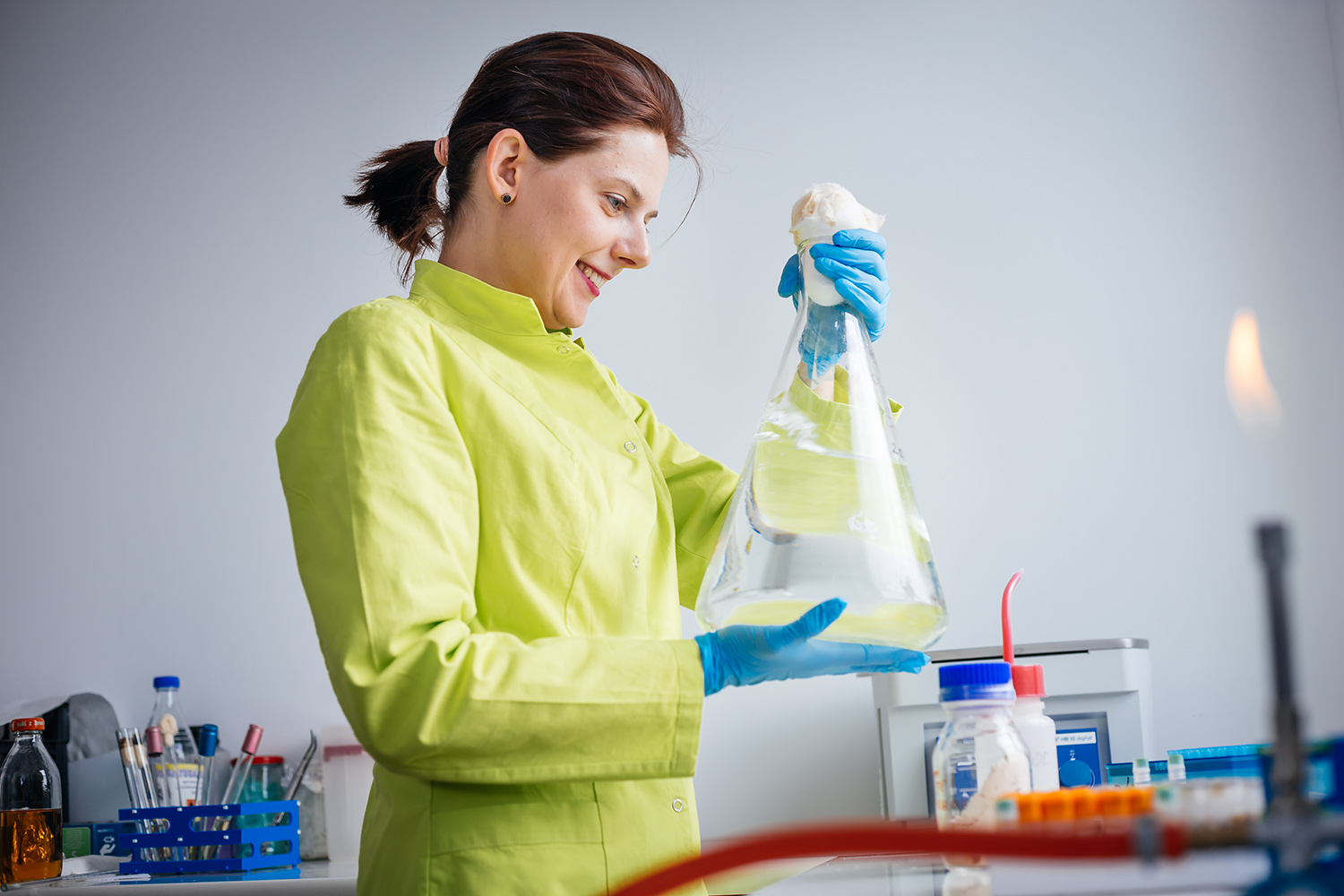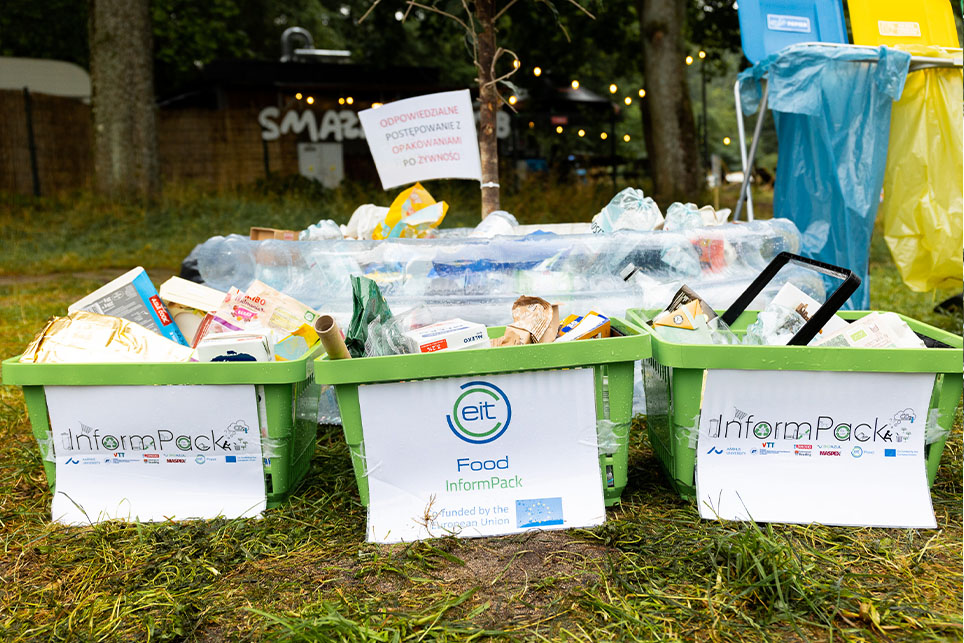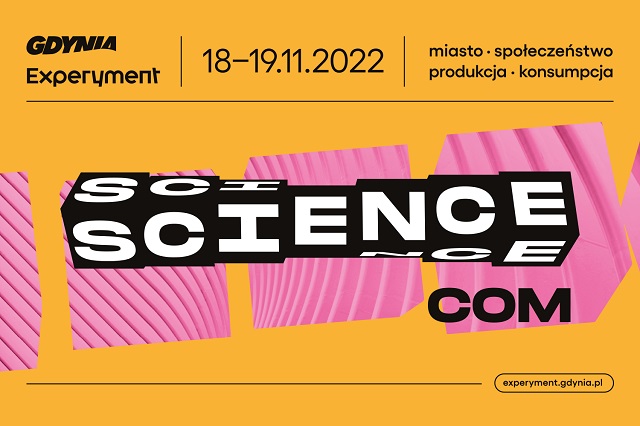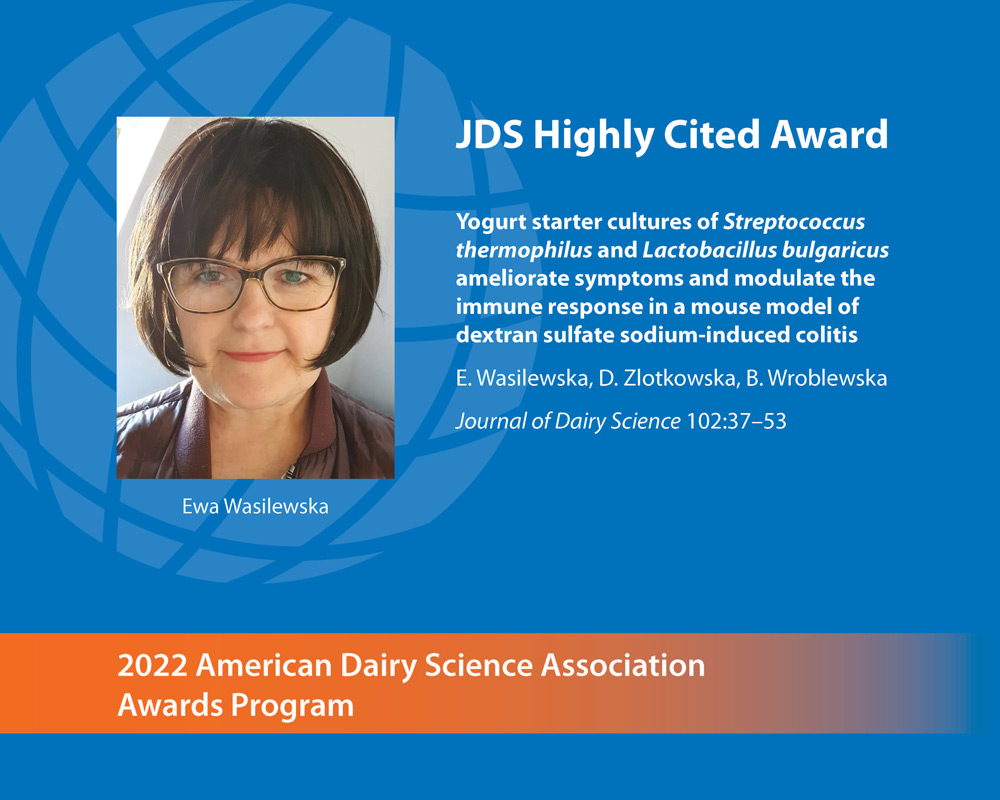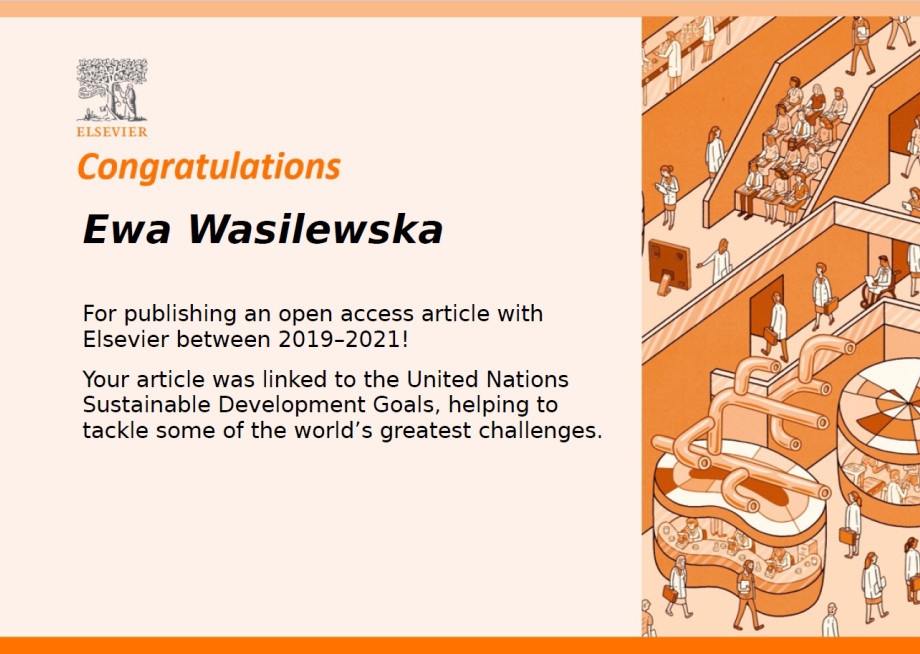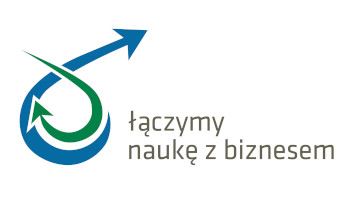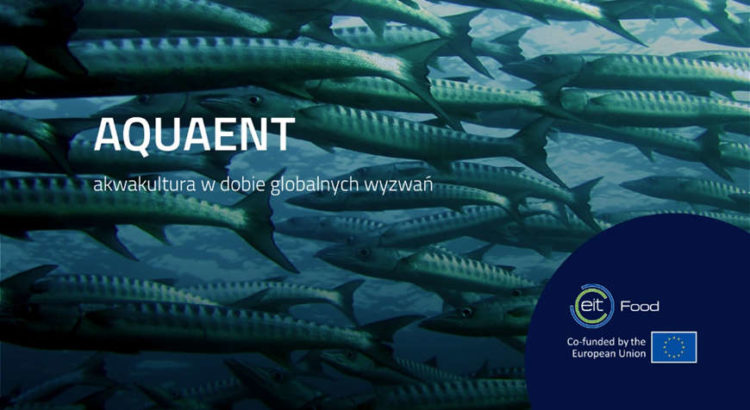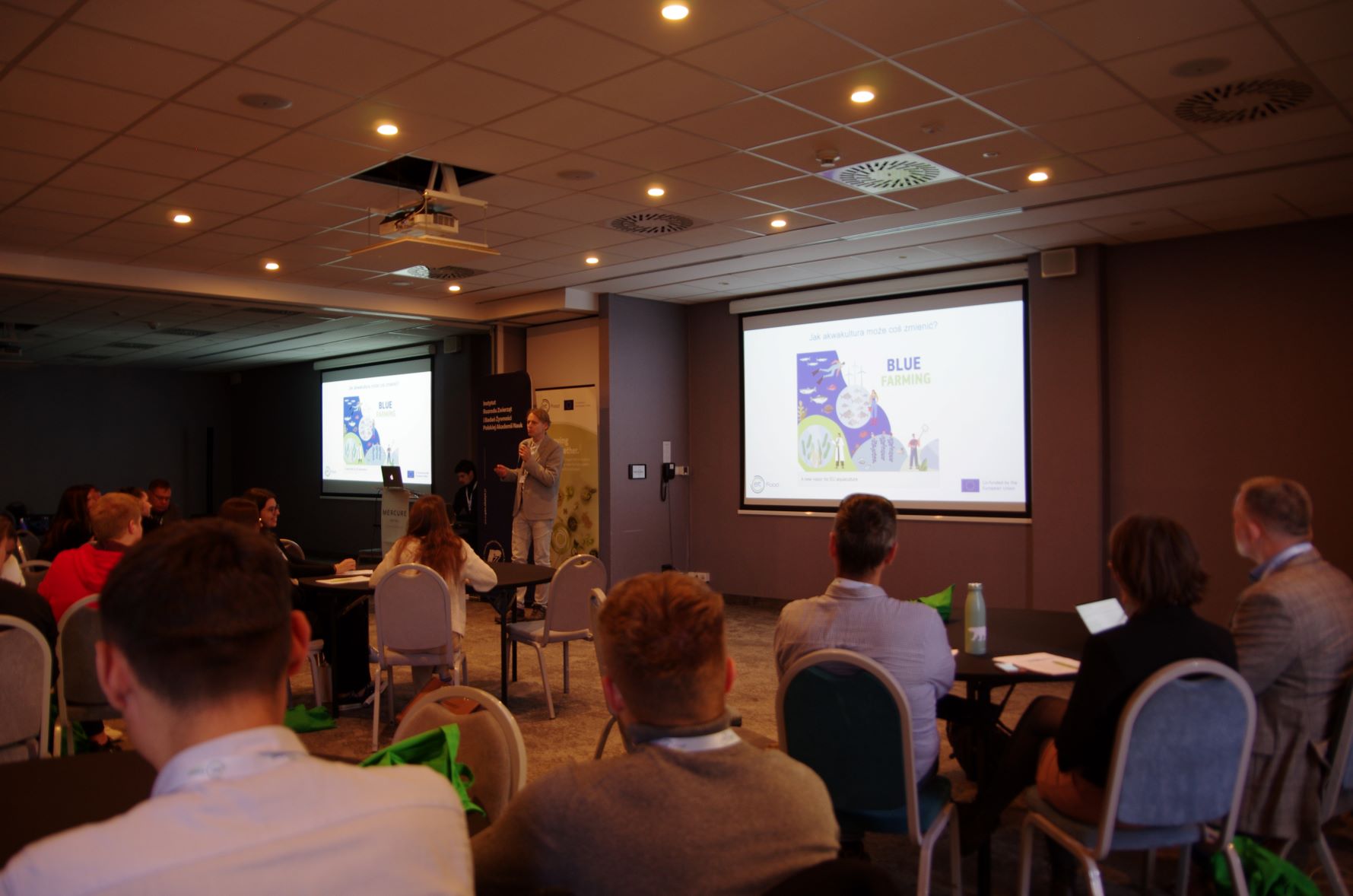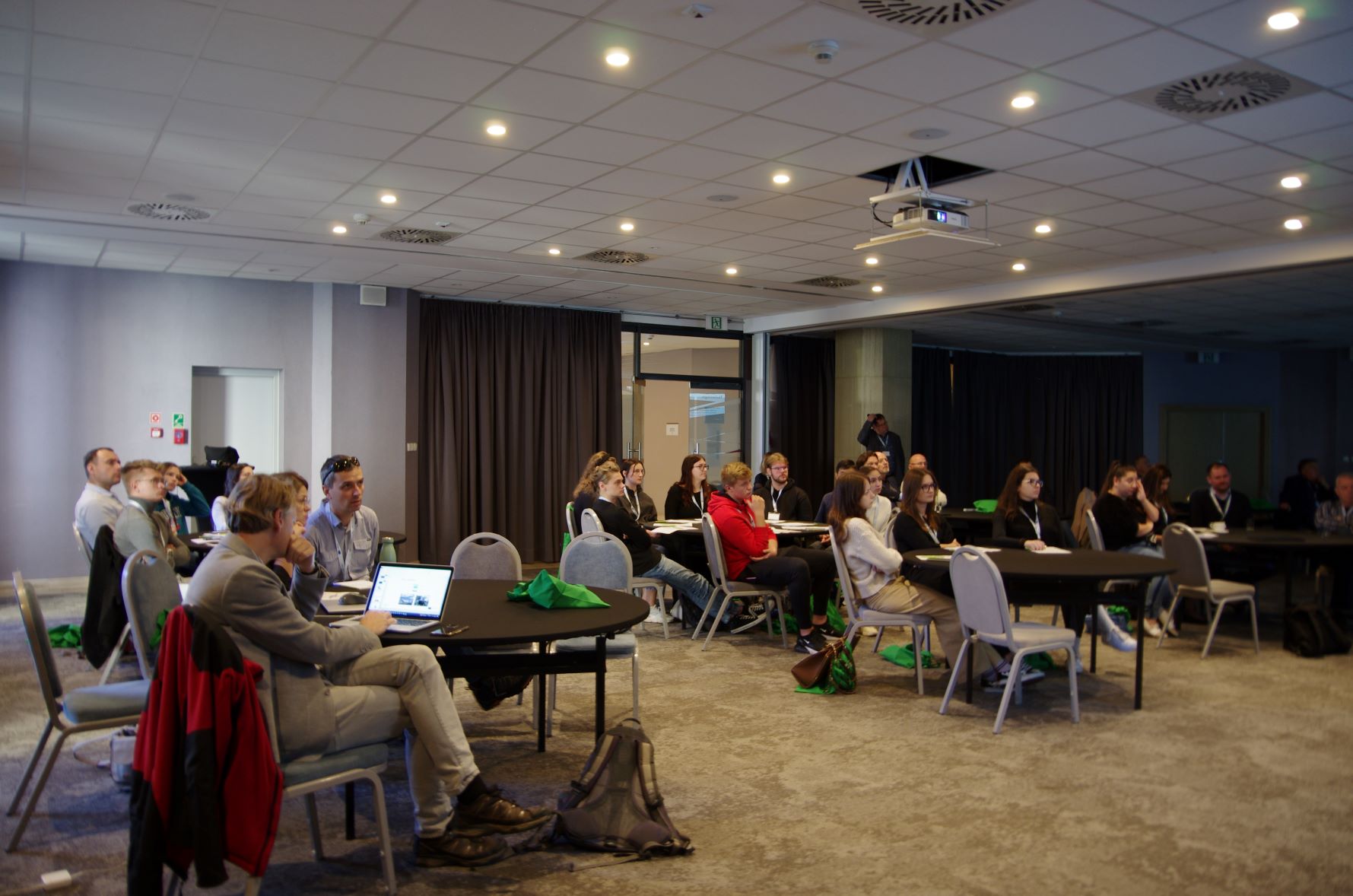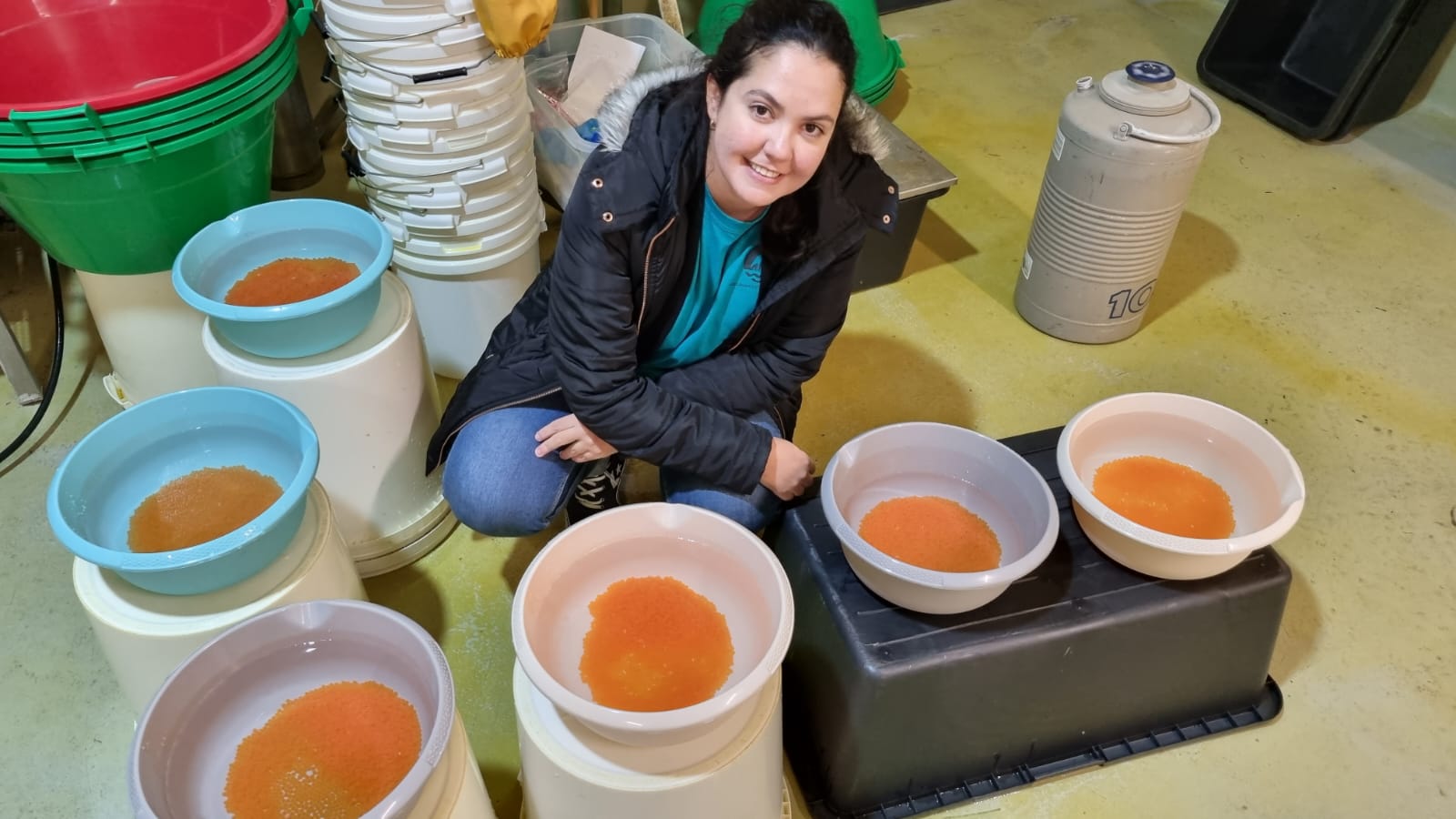
Czy matka może przekazać dziecku informacje o przebytych chorobach lub naturalnych drapieżnikach? Projekt Moms in Charge, realizowany przez naukowców z naszego Instytutu, ma na celu zbadanie, w jakim stopniu czynniki niegenetycznego dziedziczenia wpływają na zdolności adaptacyjne potomstwa. Wiedza ta może przydać się do ulepszenia hodowli ryb, ale także głębszego poznania rybiej odporności.
Moms in Charge to projekt który realizuje dr Taina Rocha de Almeida, laureatka konkursu stypendialnego PASIFIC zarządzanego przez Polską Akademię Nauk i współfinansowanego ze środków Programu H2020 „Marie Skłodowska-Curie Actions Co-funding of regional, national and international programmes” i Ministerstwa Edukacji i Nauki. Jej opiekunem naukowym jest dr hab. Daniel Żarski z Zespołu Biologii Gamet i Zarodka Instytutu Rozrodu Zwierząt i Badań Żywności PAN w Olsztynie.
Celem projektu jest monitorowanie tzw. czynników niegenetycznego dziedziczenia u ryb i określenie, w jakim stopniu wpływają one na zdolności adaptacyjne potomstwa (od zarodka po stadia młodociane) do warunków hodowlanych. Badania zostaną przeprowadzone na trzech polskich liniach hodowlanych pstrąga tęczowego z największej w Polsce wylęgarni ryb „Dąbie”.
- Nasz projekt nazywa się Moms in Charge, czyli w wolnym tłumaczeniu „matki rządzą”, bo skupia się na roli matek w życiu młodych ryb. Zgodnie z głównym założeniem projektu, doświadczenie matki jest przekazywane potomstwu za pomocą molekuł (w naszym przypadku RNA), które samica wbudowuje w ikrę w trakcie procesu jej formowania. Chcemy sprawdzić, przed czym w ten sposób matka może ochronić swoje dzieci – mówi dr Taina Rocha de Almeida.
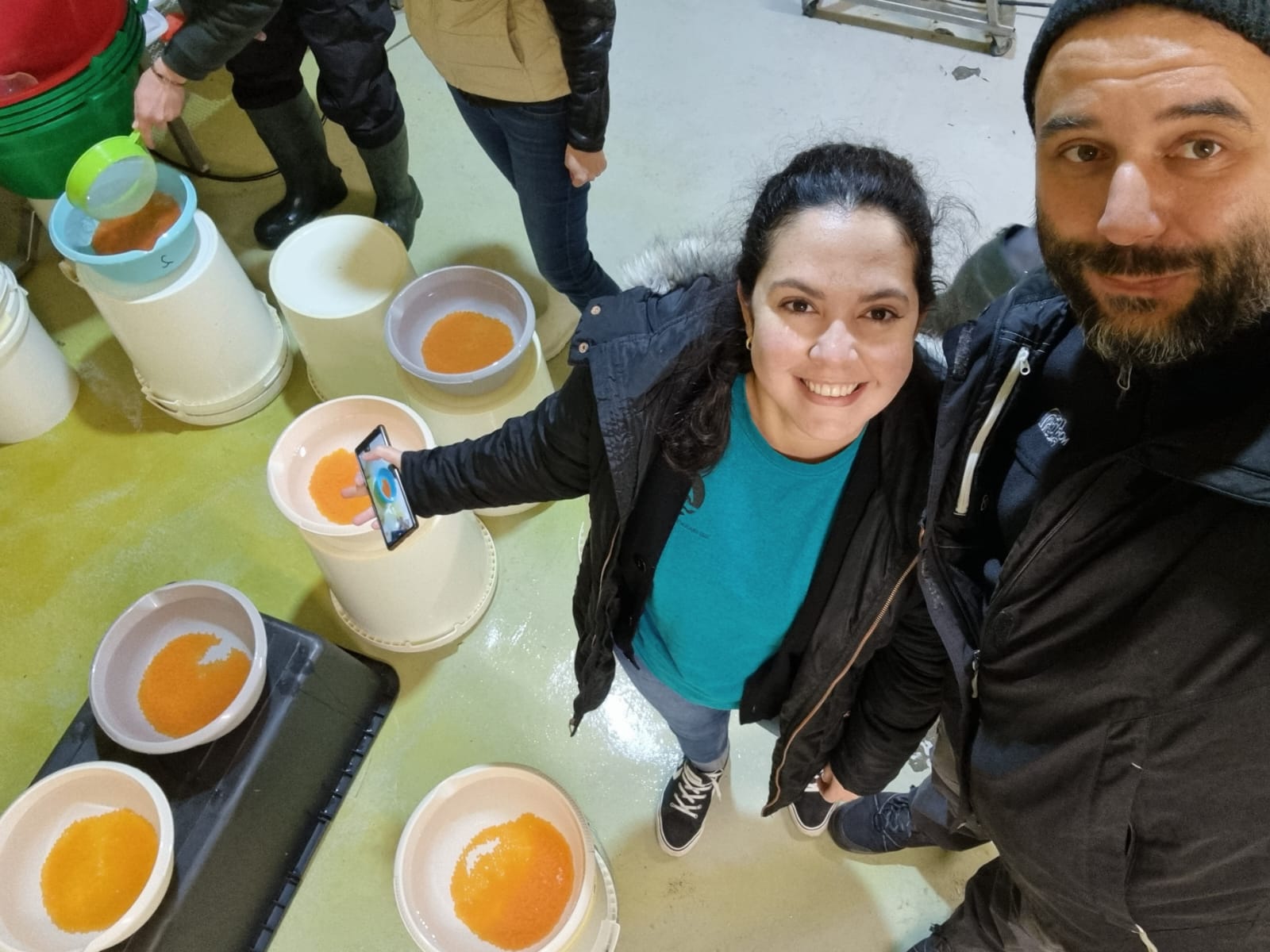
Czym są niegenetyczne czynniki dziedziczenia?
Dziedziczenie niegenetyczne (NGI) obejmuje różne mechanizmy, które nie są bezpośrednio związane z genami, ale oddziałują na niego lub z niego wynikają. Zawartość komórki jajowej jest konsekwencją mechanizmów NGI, które będą odgrywały istotną rolę w rozwoju zarodka i wczesnym rozwoju larwy. Są źródłem transkryptów, białek i składników odżywczych, które będą kierować i wspierać rozwój nawet w późniejszych stadiach rozwojowych.
– Ryba akumuluje „ważne” doświadczenia ze swojego życia. Wiadomo, że u ryb dotyczy to najczęściej przebytych chorób lub preferencji termicznych, które warunkują profil specyficznych cząsteczek informacyjnych – białek lub RNA – które wbudowuje w ikrę – mówi dr hab. Daniel Żarski z Zespołu Biologii Gamet i Zarodka.
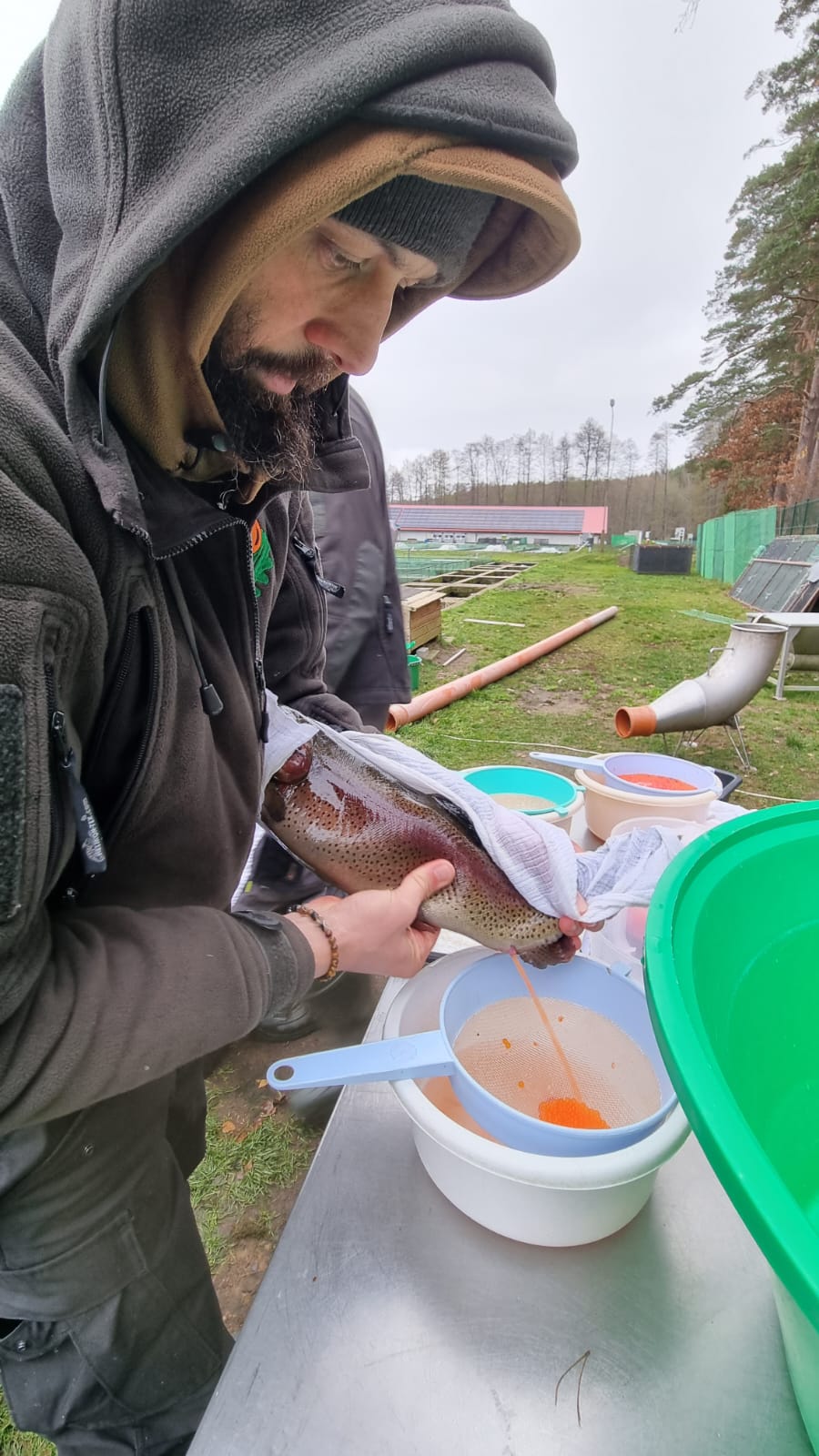
Projekt Moms in Charge ma zbadać, w jakim stopniu matczyne czynniki NGI (mRNA, miRNA lub białka) wpływają na wydajność potomstwa od zarodków do młodych osobników.
- Chcemy sprawdzić profil molekularny ikry z trzech różnych linii hodowlanych pstrąga tęczowego, pochodzących z wylęgarni „Dąbie”, koło Bytowa. Chcemy przeprowadzić badania na poziomie molekularnym, ale i osobniczym. Wyniki mogą być wykorzystane w przyszłości w hodowlach różnych ryb, dzięki czemu będziemy w stanie uzyskać lepsze osobniki, obdarzone ważnymi dla hodowców cechami – dodaje dr Taina Rocha de Almeida.
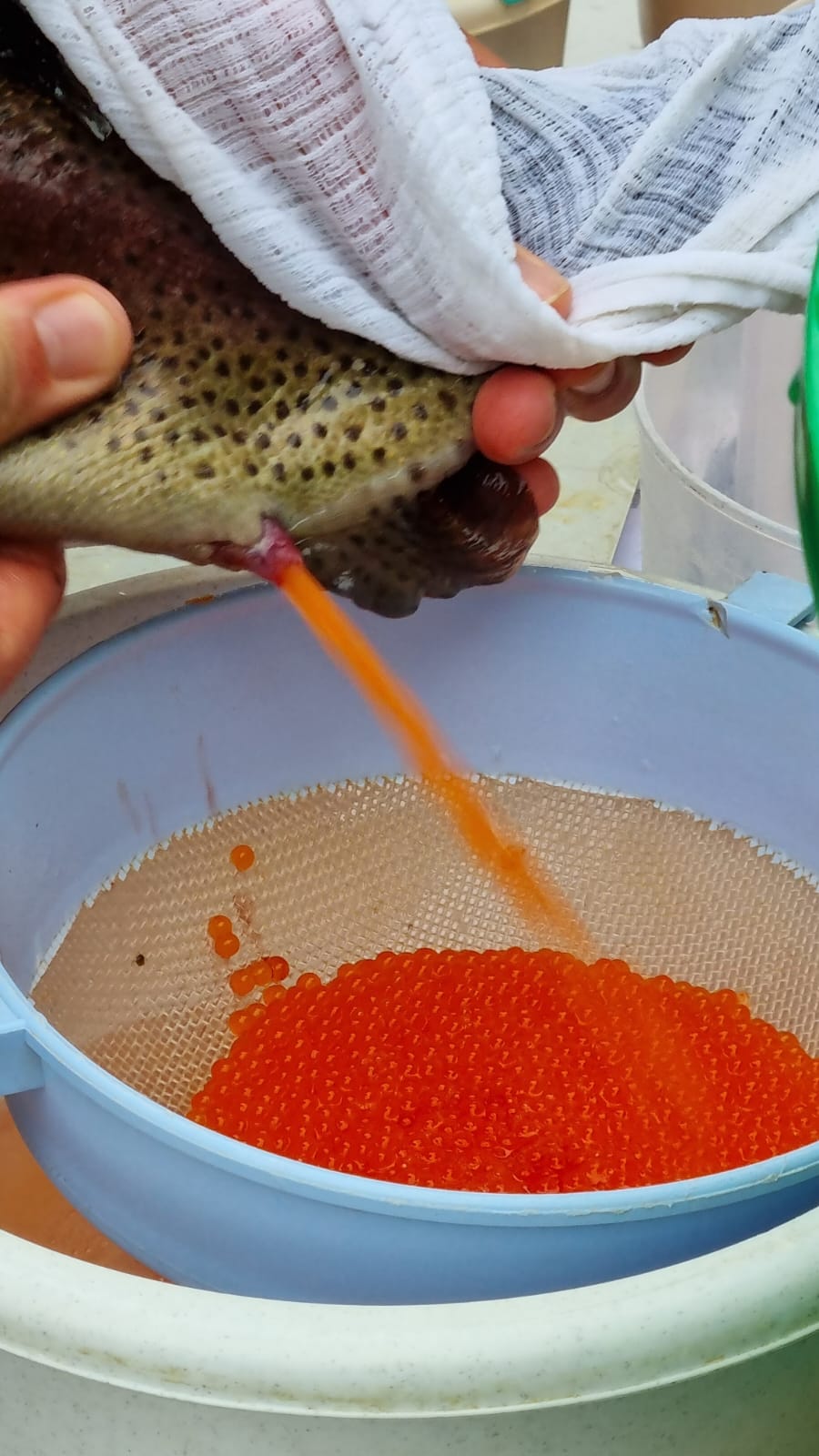
Badania będą prowadzone na trzech szczepach pstrąga tęczowego (różniących się fenotypowo) hodowanych w Polsce. Ponieważ projekt będzie realizowany we współpracy z hodowlą ryb, w dłuższej perspektywie będzie miał wpływ na zarządzanie rybami i selekcję opartą na wydajności potomstwa, co może pomóc w zwiększeniu produkcji ryb.
- Podobny proces zachodzi także na linii ojciec-potomstwo, ale nie zamierzamy go na tym etapie sprawdzać, gdyż mechanizm przekazywania tych informacji jest nieco inny. Na chwilę obecną skupiamy się na ikrze – komórki jajowe są większe, zawierają więcej molekuł i ich wpływ na rozwój potomstwa u ryb jest znacznie większy, aniżeli plemników. W tej kwestii, wpływ matki na potomstwo jest większy niż w przypadku ojca. Jesteśmy też ograniczeni czasowo, bo projekt potrwa zaledwie 2 lata – wyjaśnia dr Taina Rocha de Almeida.
Dlaczego pstrąg tęczowy?
Pstrąg tęczowy (Oncorhynchus mykiss), wywodzący się z Północnej Ameryki, jest najpowszechniejszym gatunkiem pstrąga hodowanym w akwakulturze słodkowodnej w Europie. Preferuje wartko płynące wody z dość stabilnymi warunkami termicznymi, tolerujący wysokie zagęszczenia. Optymalna temperatura wzrostu dla hodowli to 8-18°C, z maksimum wynoszącym 20°C.
Pstrąg tęczowy jest sprzedawany jako ryba porcyjna, ale również jako duża ryba zwana także pstrągiem łososiowym. Sektor pstrąga tęczowego boryka się ze specyficznymi problemami, które przyczyniają się do stagnacji produkcji na przestrzeni lat. W tym kontekście, specyficzny i skuteczny program selektywnej hodowli mógłby być bardzo pomocny.
- Istnieje duża potrzeba usprawnienia protokołów hodowlanych, np. ze względu na zwiększoną odporność na choroby czy lepszą żywotność. W długiej perspektywie, wpływ badań na branżę rybacką może być ogromny – mówi dr hab. Daniel Żarski.
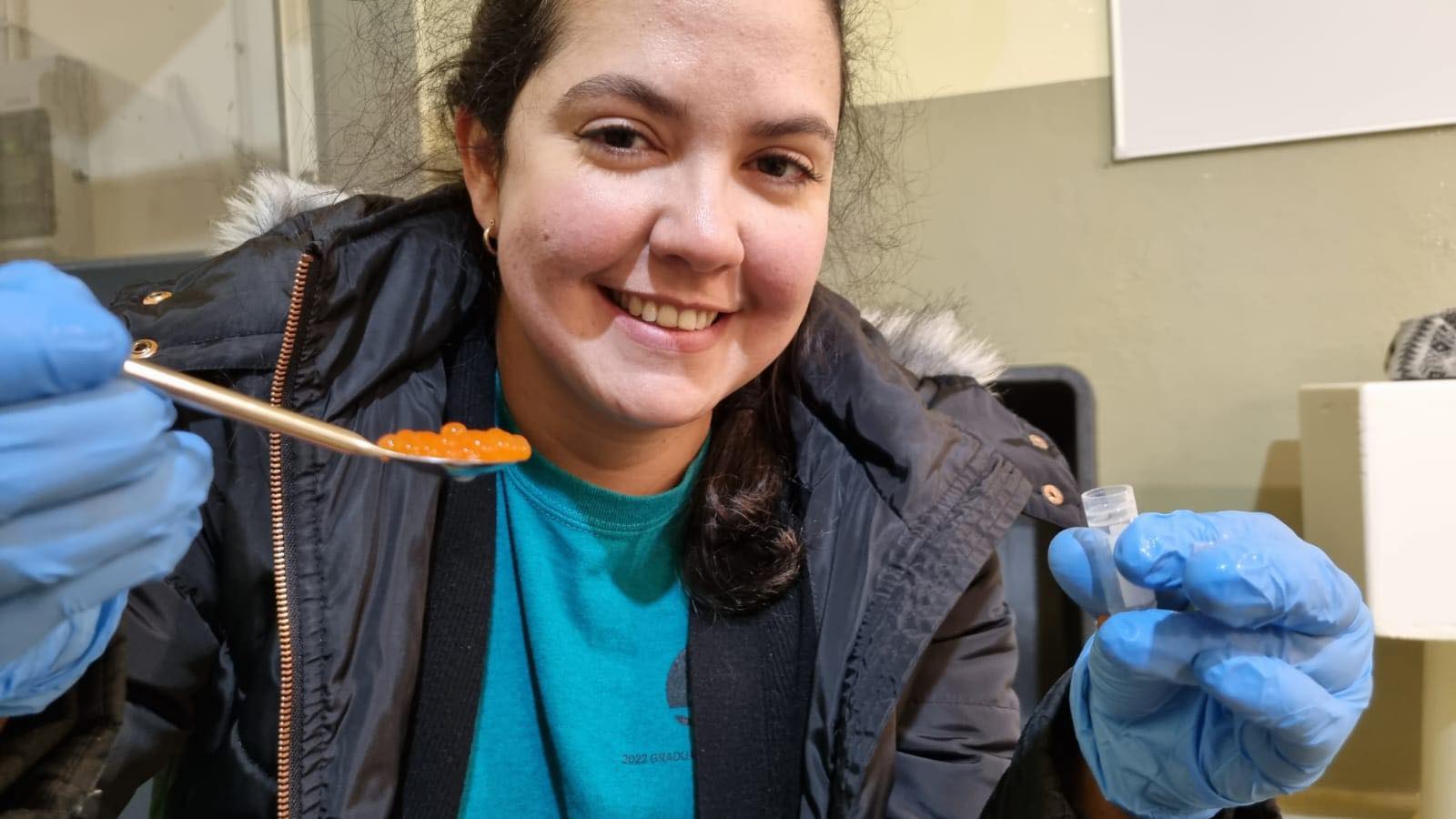
Dr Taina Rocha de Almeida przyjechała do Instytutu z Brazylii i otrzymała prestiżowe stypendium programu PASIFIC MSCA COFUND. Konkurencja była duża – na jedno miejsce kandydowało około 10 osób. Aby wybrać zwycięskie wnioski, eksperci dokonywali oceny w trzech głównych kategoriach – doskonałość, wpływ oraz wykonalność. Każdy projekt musiał również przejść przez ocenę etyczną. Stypendium potrwa 24 miesiące, ale jak sama dr de Almeida przyznaje: „w Polsce czuje się bardzo dobrze”, więc trzymamy kciuki, by pobyt w naszym kraju się wydłużył.
Czytaj więcej
